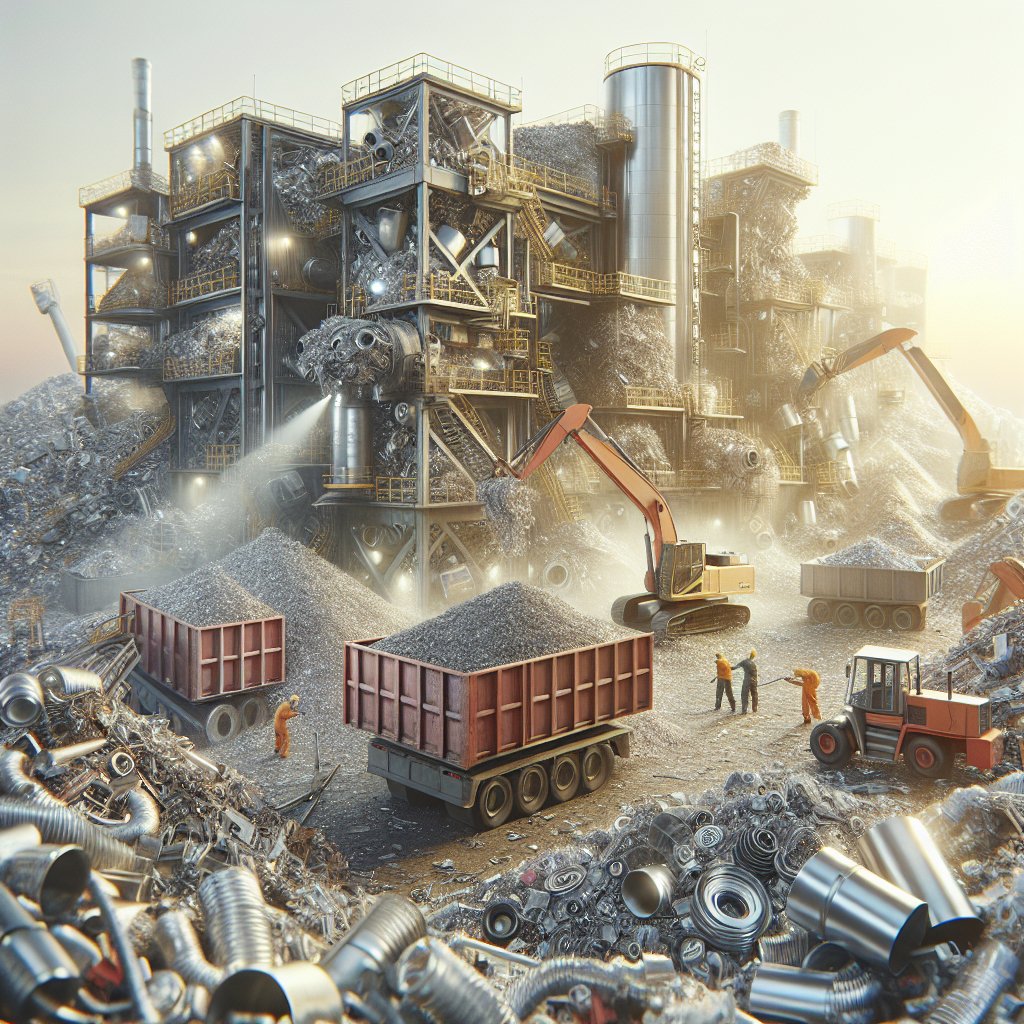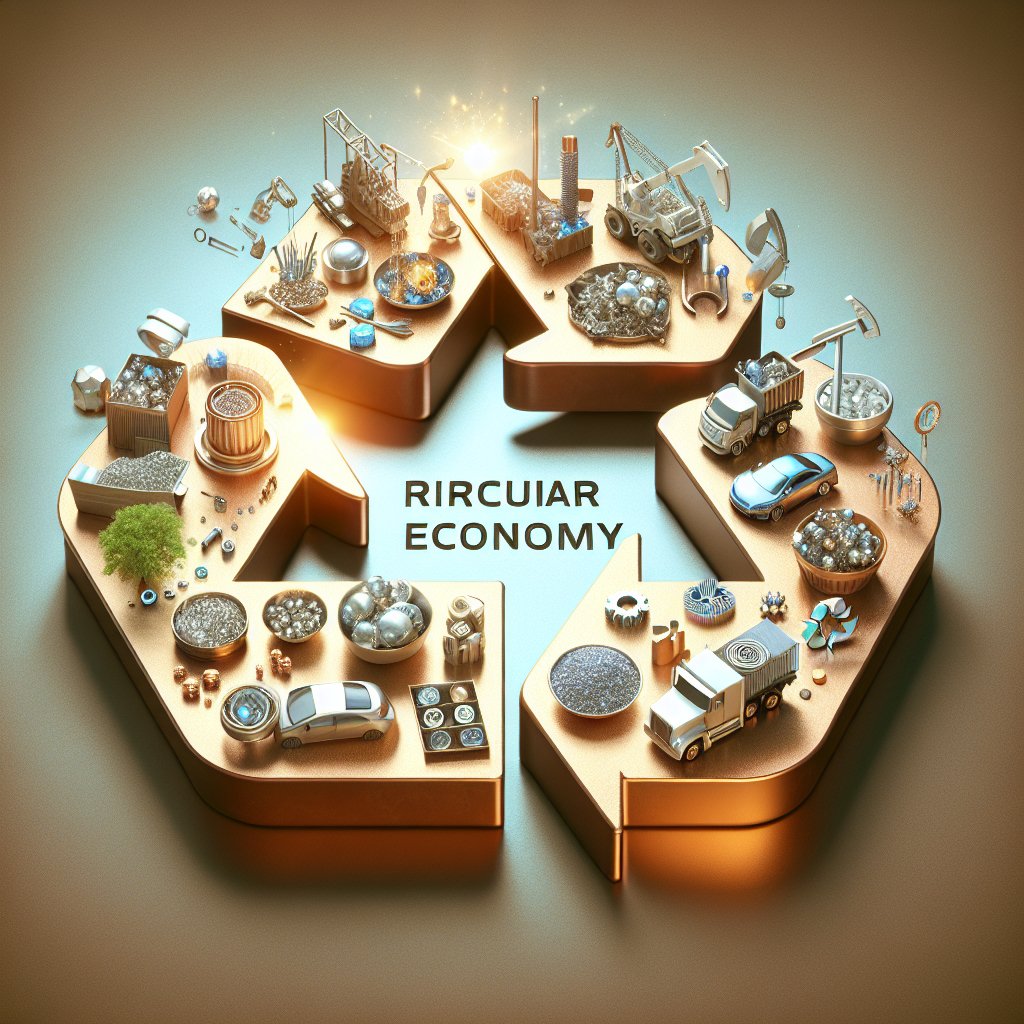The transition to green energy is a critical global initiative aimed at reducing carbon emissions and combating climate change. However, the availability of rare metals, which are essential components in many green technologies, poses a significant challenge. This article explores the potential impact of rare metal shortages on the green energy transition, examining the current state of rare metal resources, the implications of their scarcity, and potential solutions to mitigate these challenges.
The Role of Rare Metals in Green Technologies
Rare metals, including lithium, cobalt, nickel, and rare earth elements, are indispensable in the production of various green technologies. These metals are used in the manufacturing of batteries for electric vehicles (EVs), wind turbines, solar panels, and other renewable energy systems. For instance, lithium and cobalt are critical components of lithium-ion batteries, which power EVs and store energy from renewable sources. Similarly, rare earth elements like neodymium and dysprosium are used in the magnets of wind turbines and electric motors.
The demand for these metals has surged in recent years due to the rapid growth of the green energy sector. As countries strive to meet their climate goals and reduce reliance on fossil fuels, the production of EVs and renewable energy infrastructure has accelerated. This increased demand has put pressure on the supply chains of rare metals, raising concerns about their availability and sustainability.
Moreover, the extraction and processing of rare metals are often concentrated in a few countries, leading to geopolitical risks and supply chain vulnerabilities. For example, China dominates the production of rare earth elements, while the Democratic Republic of Congo is a major supplier of cobalt. This concentration of resources can lead to supply disruptions due to political instability, trade disputes, or environmental regulations, further exacerbating the scarcity of these critical materials.
Implications of Rare Metal Shortages
The scarcity of rare metals poses several challenges to the green energy transition. First and foremost, it can lead to increased costs for green technologies. As the demand for rare metals outpaces supply, prices are likely to rise, making renewable energy systems and EVs more expensive. This could slow down the adoption of green technologies, as higher costs may deter consumers and businesses from investing in them.
Additionally, rare metal shortages can hinder technological innovation and development. The availability of these materials is crucial for research and development efforts aimed at improving the efficiency and performance of green technologies. A lack of access to rare metals could stifle innovation, delaying advancements in battery technology, energy storage solutions, and other critical areas.
Furthermore, the environmental impact of rare metal extraction and processing cannot be overlooked. Mining activities often result in habitat destruction, water pollution, and greenhouse gas emissions. As demand for rare metals increases, the environmental consequences of their extraction could undermine the very goals of the green energy transition. Balancing the need for these materials with environmental sustainability is a complex challenge that requires careful consideration and management.
Strategies to Mitigate Rare Metal Shortages
To address the challenges posed by rare metal shortages, several strategies can be implemented. One approach is to diversify the supply chain by exploring new sources of rare metals. This includes investing in mining projects in different regions, as well as developing technologies for deep-sea mining and asteroid mining. By expanding the geographical distribution of rare metal resources, the risks associated with supply chain disruptions can be reduced.
Another strategy is to promote recycling and the circular economy. Recycling rare metals from end-of-life products, such as batteries and electronic devices, can help reduce the demand for newly mined materials. Developing efficient recycling technologies and establishing robust collection systems are essential steps in creating a sustainable supply of rare metals.
Innovation in material science also plays a crucial role in mitigating rare metal shortages. Researchers are exploring alternative materials and technologies that can replace or reduce the reliance on rare metals. For example, advancements in battery technology, such as solid-state batteries and sodium-ion batteries, have the potential to decrease the dependence on lithium and cobalt. Similarly, the development of rare-earth-free magnets could alleviate the demand for rare earth elements in wind turbines and electric motors.
Finally, international cooperation and policy frameworks are vital in addressing the challenges of rare metal shortages. Governments, industry stakeholders, and research institutions must collaborate to develop strategies for sustainable resource management, promote responsible mining practices, and ensure fair trade and access to rare metals. By working together, the global community can overcome the obstacles posed by rare metal shortages and continue to advance the green energy transition.












